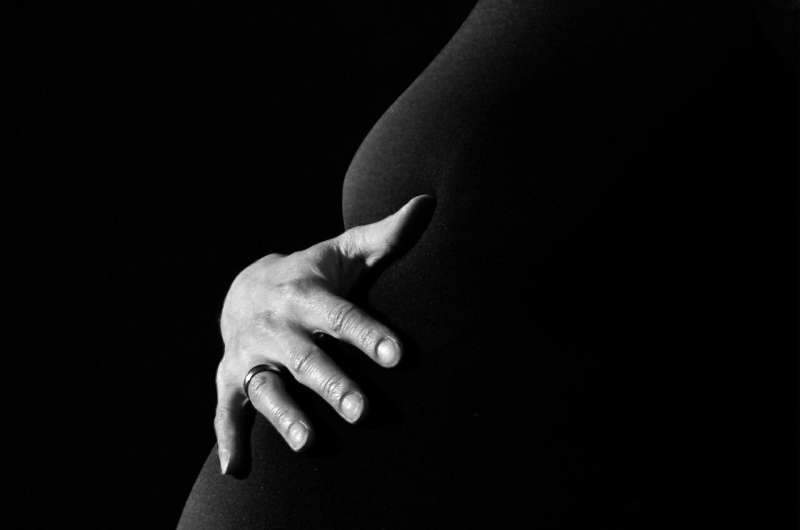
Up to 30 percent of pregnancies end in miscarriage, defined as pregnancy loss before 20 weeks of pregnancy. As many as half of miscarriages are unexplained, and there are few known risk factors for these pregnancy losses, which can lead to posttraumatic stress disorder, depression, and anxiety.
Now, a new study led by Boston University School of Public Health (BUSPH) researchers has found that risk of miscarriage may increase in the summer months.
Published in the journal Epidemiology, the study investigated seasonal differences in miscarriage risk and found that pregnant people in North America had a 44 percent higher risk of an early miscarriage (within eight weeks of pregnancy) in the summer months—particularly in late August—than they did six months earlier in February. Risk of miscarriage during any week of pregnancy was 31 percent higher in late August, compared to late February. Geographically, the results showed that pregnant people in the South and Midwest, where summers are hottest, were more likely to experience this loss in late August and early September, respectively.
These results suggest that additional research is needed to understand the potential roles of extreme heat and other hot-weather environmental or lifestyle exposures in unexpected pregnancy loss.
“Any time you see seasonal variation in an outcome, it can give you hints about causes of that outcome,” says study lead and corresponding author Dr. Amelia Wesselink, research assistant professor of epidemiology at BUSPH. “We found that miscarriage risk, particularly risk of ‘early’ miscarriage before eight weeks of gestation, was highest in the summer. Now we need to dig into that more to understand what kinds of exposures are more prevalent in the summer, and which of these exposures could explain the increased risk of miscarriage.”
For the study, Wesselink and colleagues analyzed survey data on pregnancy loss among pregnancy planners in the BUSPH-based Pregnancy Study Online (PRESTO), an ongoing NIH-funded study since 2013 that enrolls women trying to conceive, and follows them from preconception through six months after delivery. All PRESTO participants provide baseline information on sociodemographics, lifestyle, and medical histories, and for this study, the researchers focused on 6,104 participants who conceived within 12 months of enrolling. They provided information about pregnancy loss of any kind, the date of loss, and the weeks of gestation at the time of the loss.
The findings begin to fill a gap in information on seasonal patterns in miscarriage. Previous studies have relied on clinical or fertility data, both of which likely overlook miscarriages that occur early in gestation (and thus, outside of the hospital) and among couples not experiencing fertility challenges.
One hypothesis is that the summer rise in miscarriage risk is driven by exposure to heat. “Few studies have examined the association between heat and miscarriage risk, so this is definitely a topic that warrants further exploration,” says Wesselink. However, the researchers argue that clinicians, policymakers, and climate experts can already take action to mitigate the potential risks associated with heat exposure during pregnancy.
“We know that heat is associated with higher risk of other pregnancy outcomes, such as preterm delivery, low birth weight, and stillbirth, in particular,” Wesselink says. “Medical guidance and public health messaging—including heat action plans and climate adaptation policies—need to consider the potential effects of heat on the health of pregnant people and their babies.”
Source: Read Full Article


